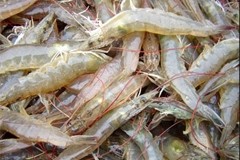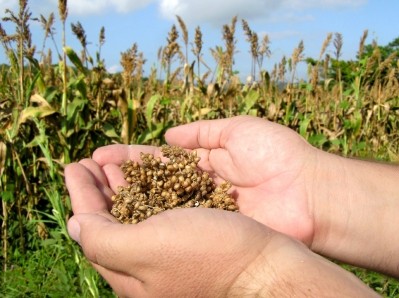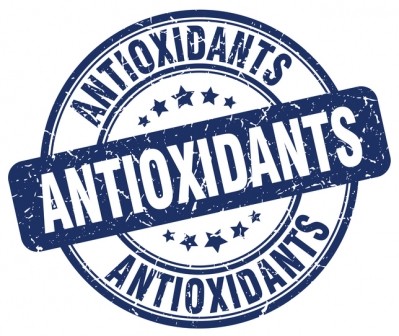Japan’s ethoxyquin regulation change starting to hit shrimp exporters

In September, Japan’s Food Safety Commission announced the updated regulations, which imposed compulsory testing for ethoxyquin in shrimp consignments on the basis of a default standard of 0.01ppm—down from the previous 1ppm.
Ethoxyquin is an important ingredient in shrimp feed, with almost all Indian shrimp farms using it. Indian officials hit back, saying that the move would affect almost 100,000 households involved in aquaculture as Japan is one of India’s key seafood export destinations. Indian shrimp was on the rise and the country had increased its exports by 20% last year.
Moreover, during this period, marine farmers were also hit by stricter guidelines for obtaining pre-harvest test certificates from India’s Marine Products Export Development Authority (MPEDA), and together with the Japanese ethoxyquin issue, farmers have taken a cautious stand on production and opted for low stocking. This in turn is destined to severely effect marine food production.
Lower stocking
"Only 60m seeds have been stocked at various shrimp farms in [West Bengal] by March this year, compared to about 200m seeds last year. This is likely to affect the culture production of shrimps, which may dip by 30 per cent compared to about 8,000 tonne last year," Prava Ranajan Patnaik, managing director of Falcon Marine Exports, a leading exporter, told Business Standard.
Farmers say they are going slow on stocking due to the huge losses they suffered after the Japanese restrictions were imposed. This has also resulted in an under-realisation of prices, said Manoranjan Panda, an official at one east-coast shrimp farmers association.
G Mohanty, a regional president of the Seafood Exporter Association of India (SEAI) said members were keeping their fingers crossed on the likely impacts on the exports. Upon the request of SEAI, the Union Ministry of Commerce had sent a three member delegation to Japan led by MPEDA chairperson, Leena Nair, and the director of the Export Inspection Council, S K Saxena, last year to resolve the issue—although to no avail.
Vietnam also hit
Vietnam too has been suffering from the Japanese ethoxyquin regulations while also forced to deal with a number of issues on the home front.
Japan is the country’s biggest importer of shrimp, to the tune of nearly 28% of Vietnam’s total shrimp export turnover last year, although the new antioxidant limits have sent local farmers into a tailspin.
In addition to undersupply caused by disease in the Mekong Delta last year and financial distress among processors watching production costs go through the roof, Vietnam has seen declines in most major export markets. Five out of the top 10 buyers of Vietnamese shrimp—equating to 95% of its total export value—reduced their imports significantly, with the United States registering a 15% drop and the EU lowering orders by a quarter.
One shrimp processing major, Tgoc Tri Seafood, saw its exports to Japan down by 35% compared to 2011.
To counter these losses, the firm has been focusing on controlling ethoxyquin residues in raw shrimp purchased from extensive aquaculture areas, as well as in finished products before export.
Tgoc Tri is also strengthening measures to detect ethoxyquin residues in raw shrimp before processing, and now pays VND5–10m (US$239) per 20ft container to have levels of the antioxident tested.
And as a further result of the regulations, Japanese importers are now forced spend more on quality control and spend longer periods of time waiting for shrimp imports to clear customs.
This is far from a win from either side, especially since there has never been any question over the safety of ethoxyquin at were previously considered to be safe levels. The one thing that seems to have come out of the whole episode is that the Japanese authorities are not likely to reverse September’s regulations.











